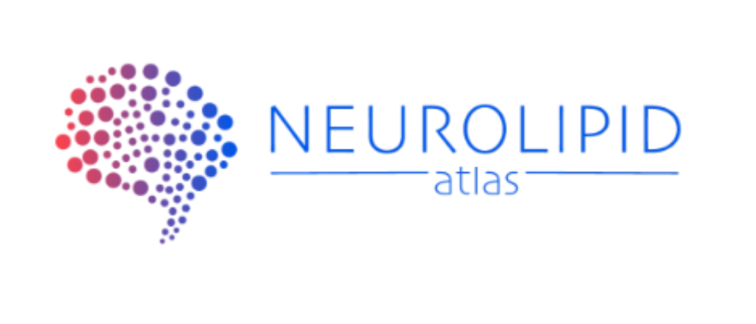This community-driven data commons – built in collaboration with a broad network of (international) collaborators – integrates lipidomics from human and mouse brain tissue as well as induced pluripotent stem cell (iPSC)-derived neurons, astrocytes, and microglia.
Using this resource, the authors show that iPSC-derived brain cell types display distinct lipid “fingerprints” that closely mirror those found in living tissue. One striking discovery is that the Alzheimer’s disease (AD) risk geneApoE4promotes cholesterol ester buildup specifically in astrocytes, a finding that aligns with lipid changes seen in human Alzheimer’s brain samples.
Further analysis revealed that altered cholesterol metabolism in astrocytes directly affects immune-related pathways, including the immunoproteasome and antigen presentation systems. Strikingly, these immune pathways were downregulated in the cholesterol ester accumulating ApoE4 astrocytes, challenging the view that the AD risk mutation ApoE4 increases glial reactivity and suggesting that immune responses may help protect against AD development.
By making these data openly accessible, the Neurolipid Atlas offers researchers an unprecedented platform to explore lipid dysregulation in brain disorders and accelerate discoveries into the molecular underpinnings of neurodegeneration.

The Neurolipid Atlas is available at neurolipidatlas.com
Read the publication in Nature Metabolism: The Neurolipid Atlas: a lipidomics resource for neurodegenerative diseases

